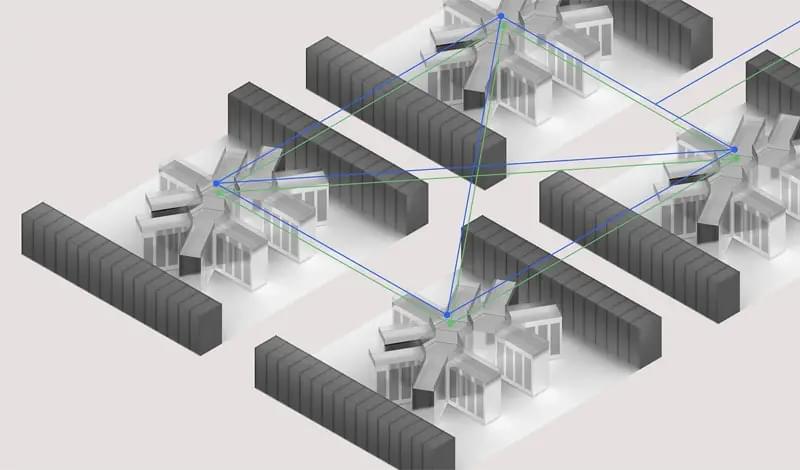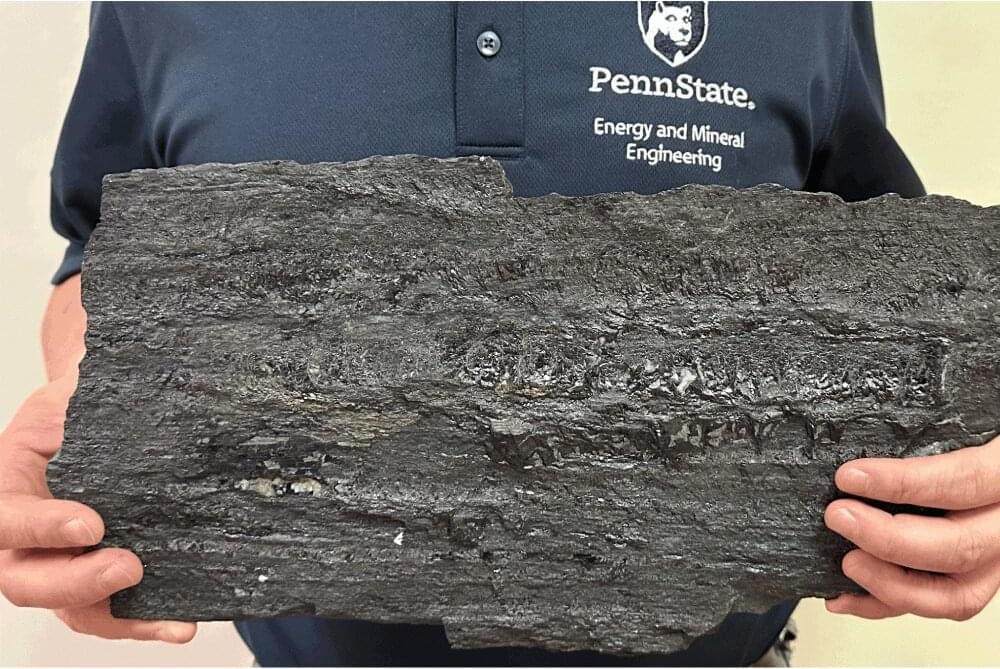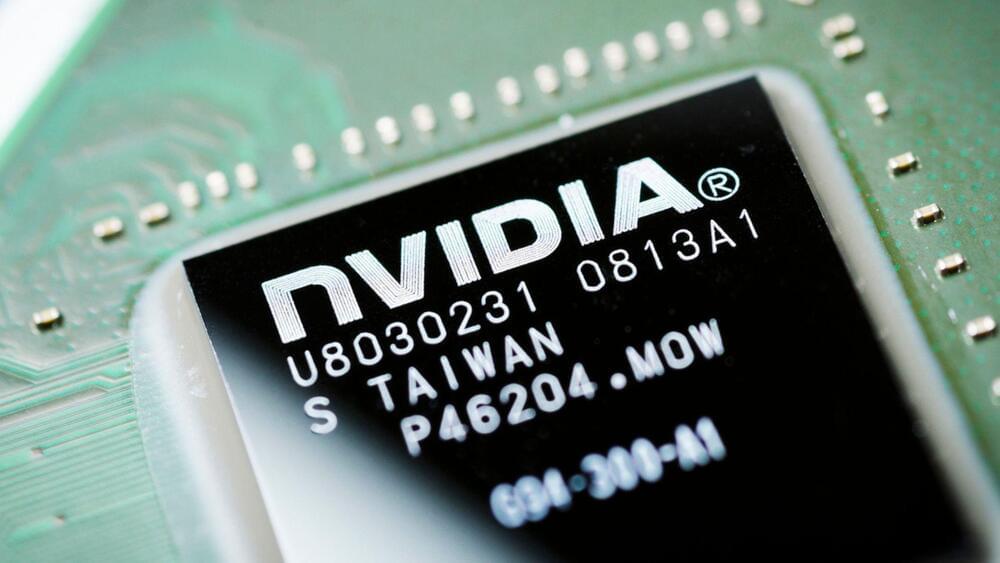If rising oceans aren’t worry enough, add this to the risks New York City faces: The metropolis is slowly sinking under the weight of its skyscrapers, homes, asphalt and humanity itself.
New research estimates the city’s landmass is sinking at an average rate of 1 to 2 millimeters per year, something referred to as “subsidence.”
That natural process happens everywhere as ground is compressed, but the study published this month in the journal Earth’s Future sought to estimate how the massive weight of the city itself is hurrying things along.









